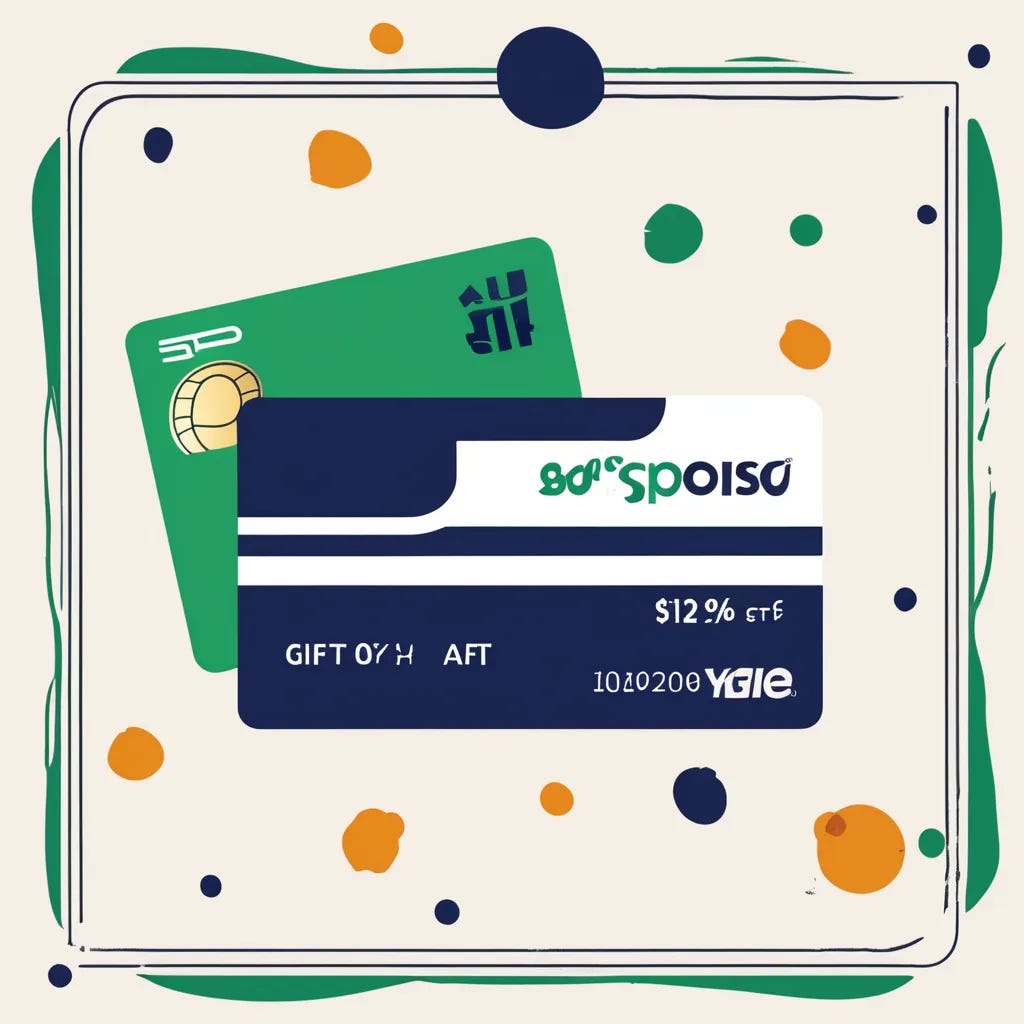Bridging Between Layer 1 and Rollups: Why It Matters and How It Work
 0xKaushik
0xKaushik
Today, I want to dive into something that I believe is one of the key building blocks for scaling blockchain technology — bridges. Specifically, I want to talk about how Layer 1 (like Ethereum) connects with rollups, and why this connection matters so much for making blockchain usable for everyone.
Think of this as a journey — like getting from one island to another. Let’s explore how these “bridges” work and why we need them!
Why Do We Need Bridges?

So, you might be wondering, why do we even need these bridges? Imagine this: you have two islands. One is Island Ethereum (Layer 1), and the other is Island Rollup (it could be Optimism, Arbitrum, zkSync, etc.). Island Ethereum is the main island, it’s big, popular, and everyone wants to live there. But because it’s so popular, it’s crowded and expensive — you have to pay high fees (like paying for an expensive ferry ride). 😅
Now, Island Rollup is a new, smaller island. It’s a lot cheaper and has fewer people on it, but it still needs to connect with the main island because that’s where most of the action is. So we build a bridge between Island Ethereum and Island Rollup to make life easier.
In simple terms, bridges let us move money and information between Ethereum and rollups without getting stuck with high fees. They help people save time and cost, allowing us to get the best of both worlds — security from Ethereum and low fees from rollups.

How Do Bridges Work?
Okay, so how do these bridges actually work? Let’s break it down step by step:
Locking Your Assets on Ethereum: Imagine you want to send 1 ETH from Island Ethereum to Island Rollup. The first step is to “lock” that ETH on Ethereum. It’s like putting your money in a safe before taking a copy of it to the other island. This locked ETH stays safe on Layer 1.
Creating a Representation on Rollup: Once your ETH is locked, a “copy” or representation of your ETH is created on the rollup. This isn’t real ETH; it’s more like a receipt that shows you own ETH on Ethereum, but you’re allowed to use it on the rollup. This allows you to start using the cheaper, faster services on Island Rollup.
Using and Bringing It Back: Now you can do things like make transactions or use dApps on the rollup at a lower cost. And when you’re done, you use the bridge again to move your assets back to Ethereum. The ETH on the rollup gets “burned” (destroyed), and your original ETH on Ethereum gets unlocked, ready for use!
Let’s take an everyday example. If you’ve ever used a gift card, you know the card isn’t cash, but it represents money you can spend at a particular store. When you move from Layer 1 to a rollup, the bridge gives you something similar to a gift card to use there. You’re free to spend it however you like, and you can exchange it back into cash when you’re ready.

Why Does Bridging Matter So Much?
Let me tell you why bridging is a game-changer. Here are a few reasons:
Lower Costs for Everyone 💸 I’ve been there myself — trying to make a simple transaction on Ethereum, and boom! There’s a crazy gas fee that’s just too high. Bridging to a rollup helps cut down these costs, which is a big deal, especially if you’re just trying to send a few dollars worth of crypto or use a dApp without burning a hole in your pocket.
Unlocking New Possibilities 🚀 When you bridge assets to a rollup, suddenly, you have the freedom to interact with many applications without worrying about the cost. Think of playing a blockchain game or trading tokens in DeFi without paying $20 in fees each time. The bridge gives us access to affordable blockchain experiences that many users, especially newcomers, really need.
Security Backed by Ethereum 🛡️ Rollups are like lightweight, cheaper versions of Ethereum, but they’re still connected to the main chain. This means that you get the security of Ethereum (which has been tested over many years) while still enjoying the lower costs and faster speeds of a rollup. This connection is what makes bridging so important.
Types of Bridges
Not all bridges are created equal. You might hear people talking about different types of bridges, so let me quickly explain:
Centralized Bridges: These are run by a single entity, like a company or a group of people. They’re easier to use but have a higher trust risk. It’s like trusting a bank to hold your money.
Decentralized Bridges: These use smart contracts and are more “trustless.” They rely on code instead of people, and that makes them more secure in theory. It’s like using a locker with an automated lock that only you can open.
For example, the Arbitrum Bridge and Optimism Bridge are specific to those rollups, while tools like Hop Protocol allow you to move assets between different rollups and Ethereum with less friction.

My Experience Using Bridges
I remember the first time I tried bridging from Ethereum to a rollup. I wanted to try out some new DeFi projects, but the Ethereum fees were just too high for my small transactions. So, I decided to use the Arbitrum Bridge. It was surprisingly simple — I just locked my ETH on Ethereum, waited a few minutes, and suddenly I had ETH available on Arbitrum to play around with.
The experience was like going from paying tolls on a busy highway to cruising down a quiet, free country road. Everything was faster, smoother, and cheaper, and it made me realize how powerful these scaling solutions can be.
Security Considerations
One thing to note, though, is that bridges do have some risk. When you lock your assets on Layer 1, you’re trusting the bridge’s smart contract to keep them safe. If the contract has a bug or is hacked, those assets could be at risk. So always use well-known bridges with a good track record, and never bridge more than you’re willing to lose.
Final Thoughts
In the end, bridging between Layer 1 and rollups is a crucial piece of the puzzle for making blockchain scalable and affordable for everyone. Just like building bridges between islands helps people travel and do business more easily, these blockchain bridges are key to creating a world where blockchain isn’t just for the wealthy or tech-savvy — it’s for everyone.
So if you haven’t tried bridging yet, give it a shot! Whether it’s moving assets to Arbitrum, Optimism, or zkSync, you’ll see firsthand just how powerful these tools can be in making blockchain more accessible.
Thanks for reading! If you found this helpful, feel free to share it or drop a comment below about your own experience with bridges. Let’s keep exploring and making blockchain technology easier for everyone! 🚀
Subscribe to my newsletter
Read articles from 0xKaushik directly inside your inbox. Subscribe to the newsletter, and don't miss out.
Written by
